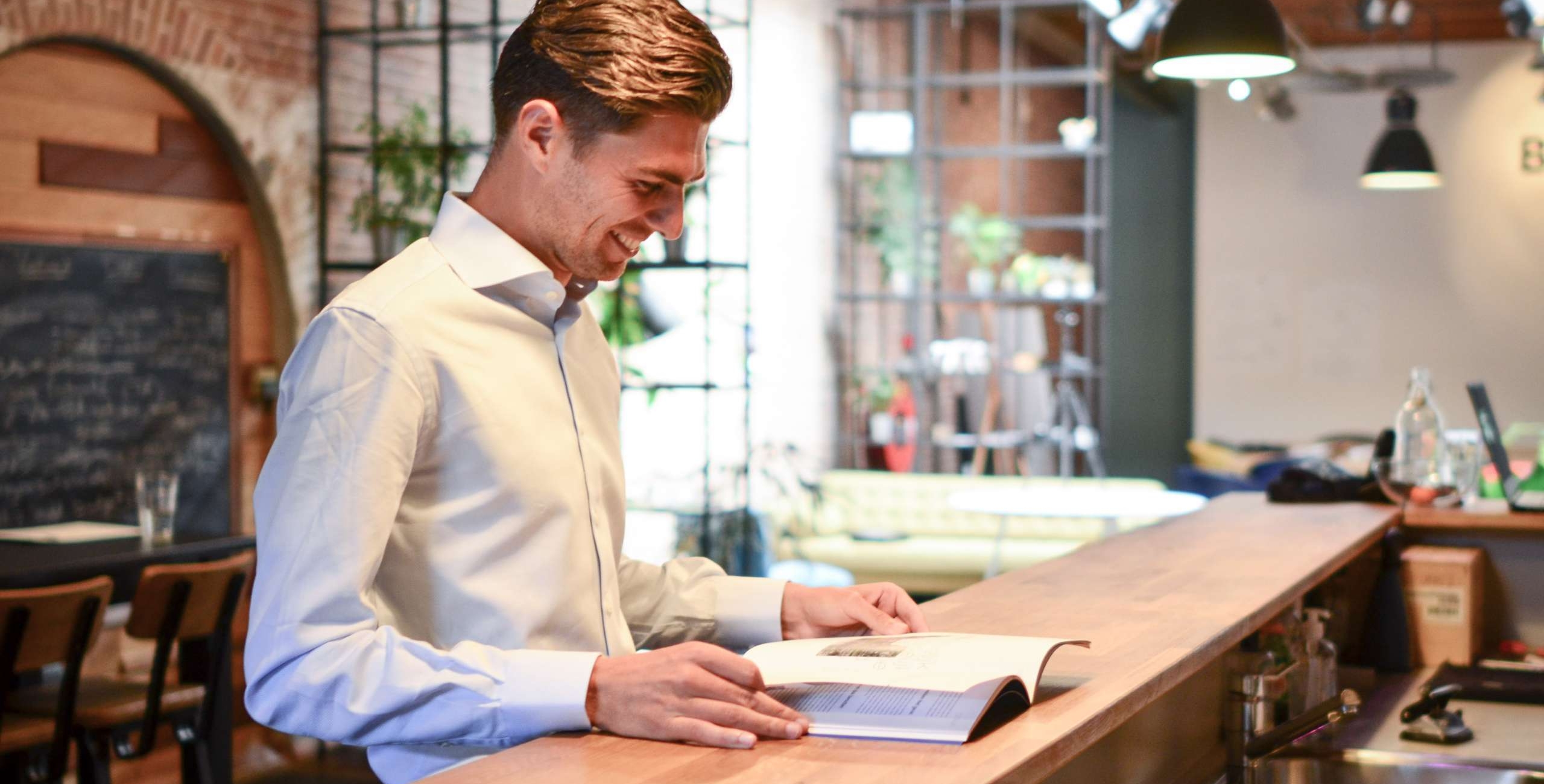Our new teammember Jesse and his view on circularity in the built environment
Why we are going to work even harder on circular and healthy real estate
In 2050 the ways in which real estate will be built, maintained and taken apart will be completely different from how we do it right now. From that moment on, our economy will be completely circular.
This means that we will stop talking about the life-cycle of a building, and instead will discuss how we will give materials a new life or a different function.
However, by only considering materials, we will not achieve a fully circular economy.
Designing buildings in a different fashion and thinking in ecosystems is key.
By constantly considering how materials, spaces and areas can be used differently, you develop an environment that is flexible and can withstand changes over time. Partners will also have to support this way of thinking.
It is a system change that we must realise together.
An additional challenge that we should combine with circularity is the health factor. The use of toxic materials cannot be called circular or healthy, but is still practice upon this day. The case for circularity and health are complementary. A healthy building has a more sustainable value and therefore scores higher on circularity. If you focus entirely on one factor, you don’t just get the other one as a gift.

Due to the current attention on Corona, the discussion regarding health in our buildings is even more prominent. At the moment much attention is paid to the way in which buildings can contribute to a healthy lifestyle. Another consequence of the Corona crisis that is frequently emerging is the impact on our economy. “Never let a good crisis go to waste”. It is now of the utmost importance to use our circular ambitions as a flywheel for a healthy future.

Therefore, I work at BLOC on a new perspective on the use of raw materials in our buildings!

